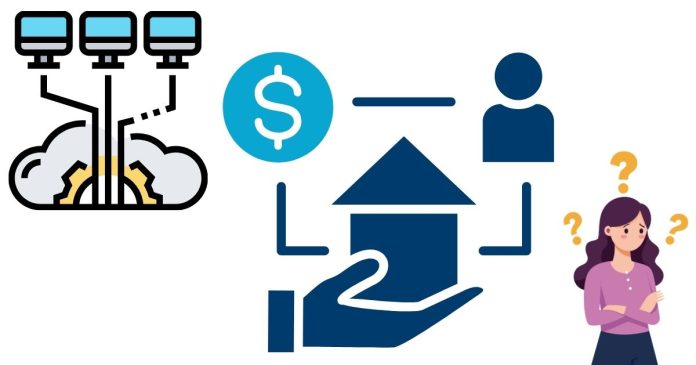DBMS Concurrency Control is a fundamental concept in database management systems (DBMS) that ensures multiple transactions can execute simultaneously without causing inconsistencies in the database. In a multi-user environment, multiple users or applications may access and modify the same data at the same time. Concurrency control ensures that these transactions occur in a way that maintains data integrity, consistency, and isolation.
Why is Concurrency Control Important?
When multiple transactions execute concurrently, issues such as data conflicts, inconsistencies, or deadlocks may arise. Concurrency control mechanisms are essential to:
- Maintain Data Consistency
Prevent scenarios where multiple transactions interfere with each other, leading to incorrect or inconsistent data. - Ensure Isolation
Each transaction should execute as if it is the only one running, even when multiple transactions are active. - Prevent Data Conflicts
Avoid situations like lost updates, uncommitted data reads, or inconsistent analysis caused by simultaneous operations. - Maximize Performance
Enable multiple transactions to run concurrently without unnecessary delays, improving system throughput.
Problems in Concurrency Without Control
In the absence of proper concurrency control, the following issues can occur:
- Lost Update
When two transactions update the same data simultaneously, one update may overwrite the other, leading to lost data.
Example:- Transaction A reads a value (e.g., account balance of $100).
- Transaction B updates the balance to $150.
- Transaction A writes $120, overwriting B’s update.
- Dirty Read
When one transaction reads data modified by another uncommitted transaction, and the second transaction rolls back, the first transaction ends up using invalid data. - Unrepeatable Read
A transaction reads the same data multiple times, but the value changes between reads because another transaction modifies it. - Phantom Read
A transaction retrieves a set of rows, but another transaction inserts or deletes rows, causing different results on subsequent queries. - Deadlock
Two or more transactions wait for resources locked by each other, resulting in a circular dependency and indefinite waiting.
Concurrency Control Techniques in DBMS
To handle these challenges, DBMSs use various concurrency control techniques:
1. Lock-Based Protocols
Locks are used to restrict access to data. There are two main types:
- Shared Lock (Read Lock): Multiple transactions can read the data, but no one can modify it.
- Exclusive Lock (Write Lock): Only one transaction can access the data for reading or writing.
Common lock-based protocols include:
- Two-Phase Locking (2PL): Ensures serializability by dividing a transaction into two phases:
- Growing Phase: A transaction acquires all necessary locks.
- Shrinking Phase: A transaction releases locks and cannot acquire new ones.
- Strict Two-Phase Locking: Holds all locks until the transaction commits or rolls back.
2. Timestamp-Based Protocols
Transactions are assigned timestamps to determine the order of execution. The system ensures that older transactions execute before newer ones based on their timestamps.
3. Optimistic Concurrency Control (OCC)
This approach assumes minimal conflicts and allows transactions to execute without restrictions. Before committing, the system checks for conflicts. If a conflict is detected, the transaction is rolled back.
4. Multiversion Concurrency Control (MVCC)
Instead of locking data, MVCC maintains multiple versions of the same data. Transactions can read a consistent snapshot without being blocked by write operations. This approach is commonly used in databases like PostgreSQL and MySQL.
5. Validation-Based Protocols
Transactions execute in three phases:
- Read Phase: Data is read and computations are performed.
- Validation Phase: The system checks for conflicts.
- Write Phase: Data is updated if no conflicts are found.
Example of Concurrency Control in Action
Consider a banking system where two users try to update the balance of the same account simultaneously.
- Transaction A: Withdraws $50.
- Transaction B: Deposits $100.
Without concurrency control, the operations may interfere, causing incorrect balances. Using concurrency control (e.g., locks or MVCC), the system ensures that one transaction completes before the other starts, preserving data integrity.
Benefits of Concurrency Control
- Data Integrity: Prevents data inconsistencies and conflicts.
- Improved Performance: Allows multiple users to work concurrently without degrading the system.
- Isolation: Ensures that transactions execute independently.
- Deadlock Prevention: Minimizes or resolves deadlock situations effectively.
Challenges in Concurrency Control
- Deadlocks: Resolving circular waits can be complex.
- Performance Overhead: Locking mechanisms or validations may introduce delays.
- Complex Implementation: Designing effective concurrency control protocols requires careful consideration of edge cases.
Concurrency control is an essential feature of DBMS that ensures the integrity and consistency of data in a multi-user environment. By managing simultaneous transactions effectively through techniques like locking, timestamping, and MVCC, DBMSs prevent data conflicts, maintain isolation, and improve overall performance.
In modern applications, understanding and implementing efficient concurrency control mechanisms is critical for building robust and reliable database systems.


